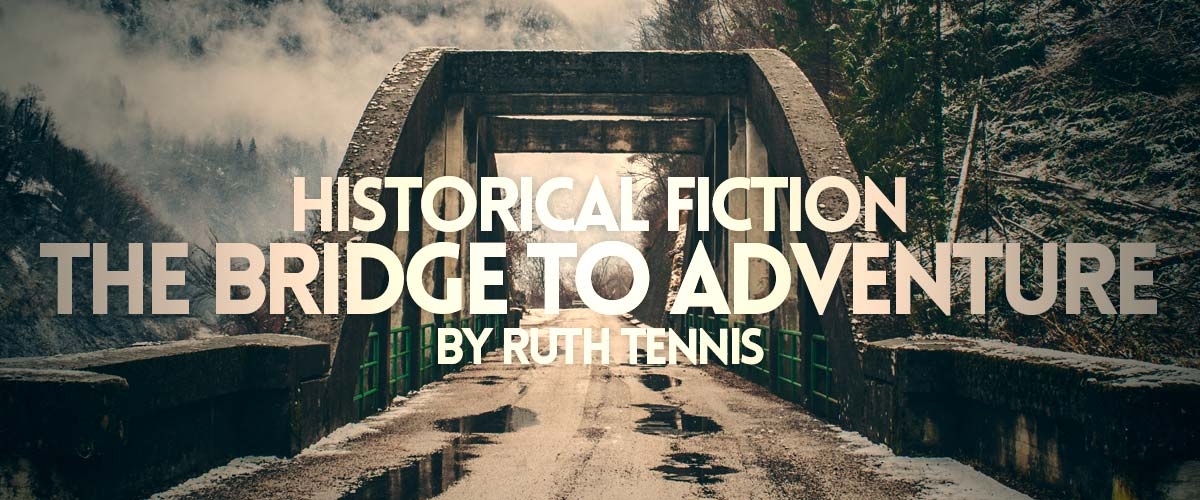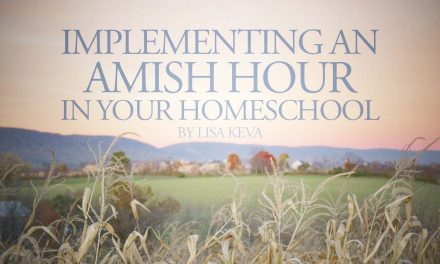Pull up that overstuffed chair. Open up that great Historical Fiction book you’ve had your eye on… You Ready? Now. Roll up your educational sleeves. We’re about to book attack!
But … Can’t we just READ a good book? Yes, of course you can! We all should take time to get absorbed in a great read. But historical fiction (HF) poses its own unique challenges and, thereby, wonderful opportunities. When you read HF, particularly in the classroom, you must attend to such things as looking for unique clues, distinguishing between fact and fiction, and evaluating the author’s intent and sources.
How do we teachers draw out more of HF’s educational benefits without spoiling the reading adventure?
Be a reader; then a teacher. Dig into the book before your students do. Read it; absorb it. Now I know we teachers have time constraints. So, alternatively, discover the book together by reading it aloud or simultaneously. At minimum, acquaint yourself with the book’s main components: introduction, conclusion, characters, historical aspects, overall plot, etc. Whatever the option, resist the temptation to hand the book to your students without exploring it yourself.
Have detective conversations. Before reading, investigate the book with your students. What clues to this story and its time period can you unearth? Look at the cover, the introduction, author’s notes, etc. What do you already know about this event/time? What things do you think you’ll learn—or do you want to learn) about the time period and the real characters? What conflicts might occur?
Model Active Reading. HF melds different levels and proportions of nonfiction and fiction. This combination can make for challenging reading—but also lots of reward. It’s a great genre to practice active reading. This process will enrich the analysis and learning that must come later. Start early! Active reading techniques can be applied at any age. Model it in the early stages or even record what your reader tells you.
One Active Reading Approach:
Sidebar Journal. Many strong readers use a Reading Journal, logging highlights, notes and thoughts as they read. This technique can apply to HF as well. To cause the least interruption in the process and keep that reading momentum going, try this. Read with a pencil in hand jotting down specifics in the margin. Visual learners can highlight passages or used colored pencils. Or try stickers to represent what you’re identifying.
Want to preserve your book? Try long, margin-width sticky notes instead. As that note gets filled or at the end of a chapter, transfer it to a notebook for later analysis. As this process becomes more habitual, you can graduate to using a reading journal if you desire.
Jot down what? Look for certain things as you read. For starters, focus on the history. Record interesting things; jot down new terms. Categorizing your notes might help. For example, have a “Really?” section for things you wish to investigate: Is that fact or fiction? Maybe have a “This is Cool” section for intriguing ideas and key historical points. As your students become more familiar with story elements, use this technique to note things such as story line changes, time gaps, conflicts, and character details, etc.
You’ve engaged your book; now build bridges!
How can you build a bridge from this HF to other subjects and form solid foundations in your students’ knowledge and understanding? Some teachers use prepared guides containing questions and activities geared to specific books from such companies as Total Language Plus or Memoria Press. However, there are techniques you can apply to any HF you choose. Additionally, an exciting publishing trend adds extra resources right with the HF text. Here are a few ways to extract from your fiction and some HF examples that help build those bridges.
1. Highlight terms:
- Pull out terms and concepts particular to that period and new-to-you vocabulary. Create a glossary or picture dictionary. Perhaps make your own HF dictionary in a binder or compile a list on a white board. Use these terms in student projects or challenge your family to a “use-that-word-in-conversation-today competition.” HF books like Fatal Faults and readers like Ariel Bradley include their own glossaries to aid students in this area.
2. Travel the plot:
- Transform the story to a more linear form. Doing so aids comprehension but also helps students evaluate history.
- One approach is to create a book timeline. But add some pizzazz to that traditional timeline. Illustrate crucial happenings with snap-shot like drawings. Or, use icons/symbols to represent story elements. For example, use road signs such as a “turn ahead” sign when the main character faces a turning point; a “do not enter” sign when he makes a bad decision; or a “falling rocks” sign when there’s conflict. Your visual learner can even use such symbols while she reads.
- Zoom in on key issues and events, a fascinating chapter, specific characters’ situations, etc. There are all sorts of ways to get at the real substance of the matter. Create thumbnail illustrations. Have fiction supper-time discussions with your family. Make a “You are There” newspaper. Invent a pretend social media post (Can you describe that scene in 140 characters?).
- Some books like Worth and Kite Runner provide reading discussion questions to help flesh out the plot and concepts.
3. Focus on comparison:
- Compare similarities/differences. Contrast characters, the author’s portrayal with actuality, or the time period’s lifestyle with today’s, etc.
- Use graphic organizers or charts to help evaluate. For example, use a Venn diagram to compare a character’s life with your child’s.
- Books like the Tangled History Series or American Adventures portray events from different perspectives and, therefore, automatically provide a multi-faceted view.
4. Investigate reality:
- Study your book’s actual places, events or people to get the Real History.
- Check out books that picture history for you. For example, Yankee Blue or Rebel Gray and the new edition of War Boy merge factual photos/drawings, information and an exciting story line.
- Choose HF that includes real history supplements. Books like Life Behind the Wall or American Revolutionary War Adventures enhance the experience with history summaries, primary sources or mini-biographies of historical figures.
I hope you’re not still in that overstuffed chair. Join me on the adventure of Historical Fiction. It’s a bridge to a rich and rewarding education that is so worthwhile to cross.





